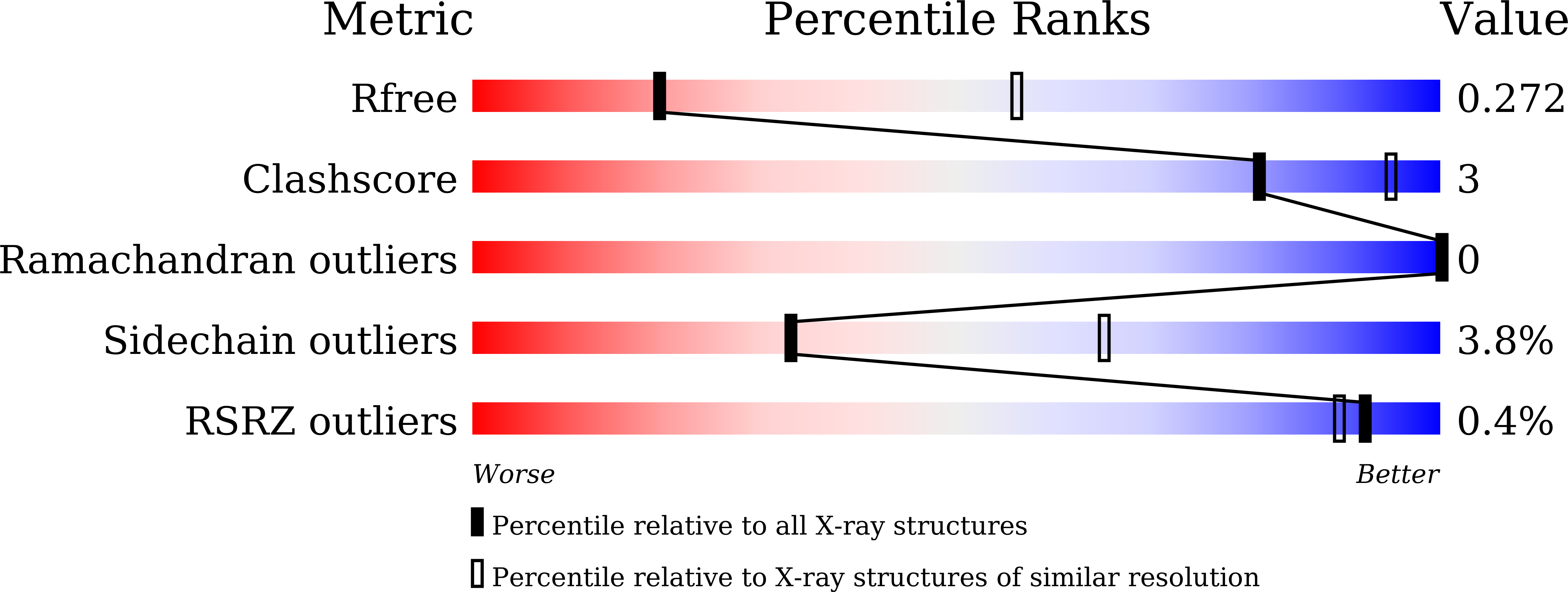
Deposition Date
2020-05-30
Release Date
2021-06-02
Last Version Date
2024-10-09
Entry Detail
Biological Source:
Source Organism:
Homo sapiens (Taxon ID: 9606)
Streptomyces avermitilis MA-4680 = NBRC 14893 (Taxon ID: 227882)
Streptomyces avermitilis MA-4680 = NBRC 14893 (Taxon ID: 227882)
Host Organism:
Method Details:
Experimental Method:
Resolution:
3.16 Å
R-Value Free:
0.27
R-Value Work:
0.22
R-Value Observed:
0.22
Space Group:
P 21 21 21


